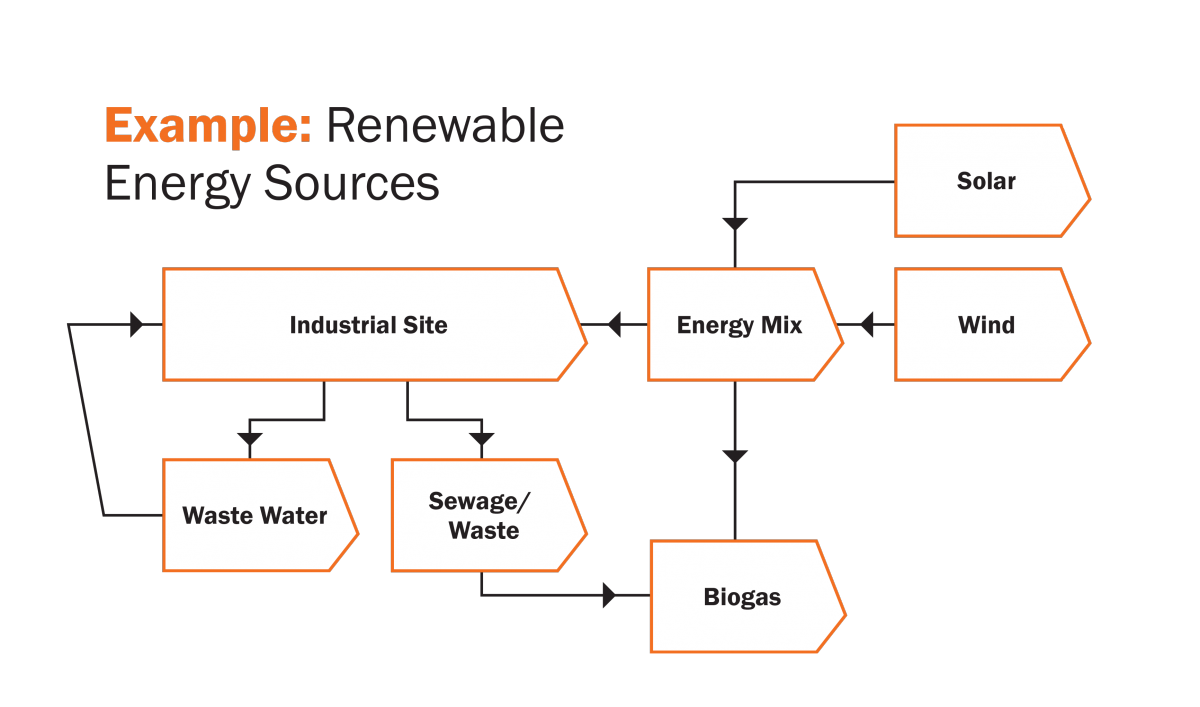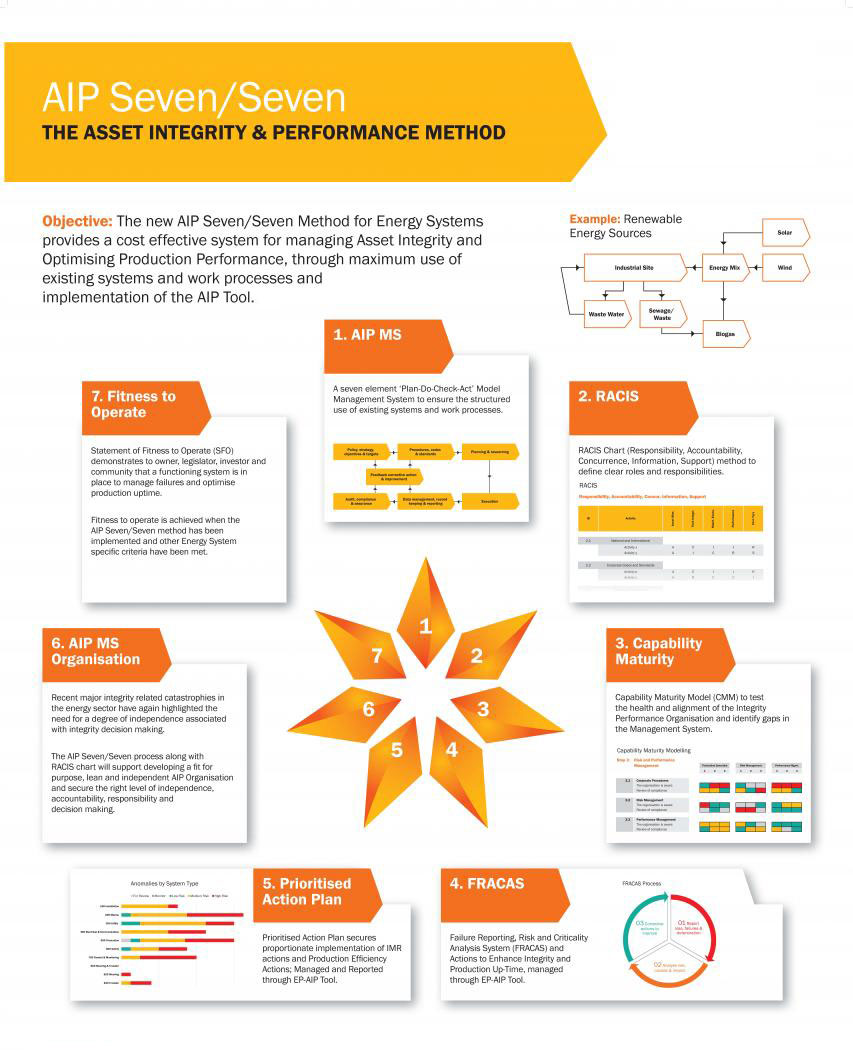Asset Integrity & Performance
Higher operating costs invariably arise as production revenues decline.
Operating costs associated with maintaining and repairing an oil and gas production facility can be divided into scheduled and unscheduled activities.
An important element of full life asset management economics is a forecast of these costs to an acceptable degree of confidence.
As facilities age and move into a period beyond their original design life, many risks and uncertainties conspire to impact the degree of predictability and thus, confidence in long term cost forecasting.
OPEX optimization studies challenge existing maintenance management and integrity management activities.
Methods applied for full life OPEX optimization comprise:
- Analysis of high and critical expenditure areas
- Relationships between budget and actual costs, planned and actual activities
- Significant deviations between budgets and actual costs
- Cost performance improvement opportunities.
Following analysis of OPEX spend, the focus shifts to identifying ways/tools to improve maintenance cost predictability, through discussions with our client and preparation of fit-for-purpose recommendations for immediate implementation.
With thorough analysis, there are invariably room for optimisation. However cost savings must always be demonstrated to not compromise HSE and reliability.
The purpose of an Asset Life Management Plan (ALMP) is to set out the strategic objectives, aspirations, and associated data, estimates and assumptions for the full expected life of the oil and gas producing assets.
Sufficient detail is required to allow decisions to be made. Where information presented is uncertain, assumptions can be made clear, and levels of confidence assigned by means of probability estimates. Prior to issue, the risks and criticalities of the ALMP should be analysed by risk management processes. The premises document thus created provides an asset management model against which detailed investment proposals (OPEX and CAPEX) and associated planning, can be tested and validated.
All functions and disciplines must be included in the ALMP, in order to be able to represent the interaction and interfaces between these functions.
For each year of remaining life expectancy, data estimates and assumptions are required from the following areas:
- Reservoir management data
- Oil and gas production technology
- Gas export technology
- Well construction
- Processing, stabilization and export capacities
- Utilities capacity requirements
- Operating and maintenance
- Legislation and certification
- Opex
- Capex
- Decommissioning costs
- Cash flow, LCC analysis, unit cost of production and NPV of production
Efficient Asset Integrity and Asset Performance is increasingly important in order to make Oil and Gas Energy Systems cost effective and economic. The same applies to Renewable Energy Systems.

The New AIP Seven/Seven Method for Energy Systems provide a Cost-Effective system for managing Asset Integrity and Production Performance, through maximum use of the existing company system and the implementation of the AIP Tool.

RACIS charts are subsequently applied to assign roles and responsibilities associated with the actions and deliverables within each element of the Management System, to key integrity related stakeholders in the organization.
We establish to which extent an organization is delivering and is aligned with each of the seven elements of the AIP MS. Capability Maturity Modelling is one of the techniques used to perform a self-assessment, which interrogates and scores the stakeholder’s maturity level of working to the ideal AIP MS. The self-assessment can be done in a workshop environment to include some of the stakeholders identified by the RACIS process.
Failure Reporting, Analysis and Corrective Action System (FRACAS) together with Production Performance Efficiency is integrated in the AIP tool. Collected inspection, maintenance and repair (IMR) data is stored and analyzed within AIP through assessment, criticality analysis, risk assessment, reliability analysis and cost benefit analysis. Visualization of integrity and performance reporting ensures decision makers quickly identify high exposure issues, and ensure appropriate corrective action is carried out; the key focus is Production Availability. With the FRACAS approach, AIP ensures performance is protected with a proactive approach to: Monitor Equipment and Performance; Predict and Prevent Recurrence of Failures; Improve Up-Time with Less OPEX and Extend Asset Life.
The Prioritized Action Plan, which is part of the AIP Reporting, is a mix of managing high/critical risks, addressing actions from reported incidents and clearing actions that would improve the AIP MS. The dash board presented by EP-AIP provides a snapshot of the company’s AIP Risk Profile.
Recent major integrity related catastrophes in the energy sector have again highlighted the need for a degree of independence associated with integrity decision making. The AIP Seven/Seven process along with RACIS chart will support in developing a fit for purpose AIP Organization and secure the right level of accountability, responsibility and decision making.
Fitness to Operate: This step recognizes the requirement to demonstrate to the organization and interested parties – investors, legislators and communities – that a functioning efficient system is in place to identify and manage plant failure risks.
In Conclusion: The New AIP Seven/Seven Method delivers an AIP Statement of Fitness for your Energy System. The new AIP Statement of Fitness delivers a proportionate pro-active approach to failure rectification, system reliability and ensures that production availability and system integrity are top priorities, managed through the cost-efficient AIP Tool.
For more information on how to maximize performance of your asset, without excessive use of resource, please contact us on info@petroka.com
As facilities approach the end of their design lives, operators of offshore platforms, subsea facilities, pipelines, onshore facilities, offshore wind farms or solar parks, may find that ‘Life Extension’ becomes an issue of increasing significance. Frequently, the present operating company may not even be the original builder and owner.
This raises many new challenges to which legislating bodies have responded by requiring a structure management system be applied to operating these facilities in order that fitness to operate during the period of extended life, can be clearly demonstrated.
Petroka has developed a new ‘Work Practice for Life Extension Assessment’, that supports our experienced engineers and Clients in performing robust Life Extension Studies. Our Work Practice informs good quality decision making, thus enabling optimum CAPEX and OPEX investment and full life asset planning.
A Life Extension Assessment is a process whereby the engineering, construction, history and mode of operation of selected critical items of platform equipment are examined together with the culture and practices of the organizations responsible for Asset Integrity Management. The Assessment is conducted in two stages. Stage 1 – Remaining Life Assessment – determines which components or systems are reaching the end of their service life. Stage 2 – Life Extension – evaluates the technical and commercial options for ensuring that the facilities can meet the extended life requirements of the owners and operators.
Life Extension Assessment is performed mainly using information supplied by the head office and site-based teams. Providing this data is available and accessible, the process should not require detailed inspection of equipment. Judgements are made focusing on longer term operational sustainability rather than the short-term integrity or reliability status. In the absence of inspection and condition data, Life Extension Assessments will require a baseline inspection and condition monitoring prior to the study work.
Petroka can support you in determining the best strategy for your Life Extension Assessment, including what is the most applicable Life Extension methodology and what data should be obtained prior to initiation of the process. The initial consultation is free of charge and aims to add immediate value by focusing at costs and benefits.
The judgments in a Life Extension Assessment provide a balanced view of the anticipated actions and costs required to keep the equipment operational at an adequate level of integrity for the expected life time of the assets. In considering the impact of equipment sustainability on operations, the methodology addresses reliability, supportability, obsolescence, and maintainability.
Some equipment will require higher levels of maintenance expenditure due to known problems of proximity to end of working life or obsolescence. In situations where items may require replacement, costs are provided for like-for-like replacement. Typically, no process enhancements will be included unless requested by the Client.
The Life Extension Assessment will identify areas of concern on critical equipment where it can be expected that the life will not extend to the expected life of the field / park / platform. Thus, significant maintenance expenditure over and above the normal requirements will be identified.
Recommendations for improvement of work processes, as well as for maintenance or replacement investment in equipment will be provided by our expert Asset Life Assessment consultants, experienced in the design, construction, maintenance and operation of similar facilities.
For more information, you may wish to contact us at info@petroka.com or give us a call.
Timing of abandonment and decommissioning of oil and gas facilities is a function of remaining reserves, production, revenue and costs. Fiscal considerations may also have an impact, as will host government requirements to put into place financial guarantees to cover the costs of decommissioning.
In many respects, a decommissioning project is simply a construction project in reverse, with one notable exception, to be discussed later.
As a project, the phased and gated approach to project definition and execution, described in our Project Delivery pages, would be applicable, and recommended.
The notable exception is, of course, managing the environmental issues associated with decommissioning and disposal of oil and gas production facilities.
In most countries, there are clear guidelines and legislation. To this end, Petroka would apply our processes associated with Environment Impact Assessments to decommissioning projects in order to better understand the scope of disposal requirements.